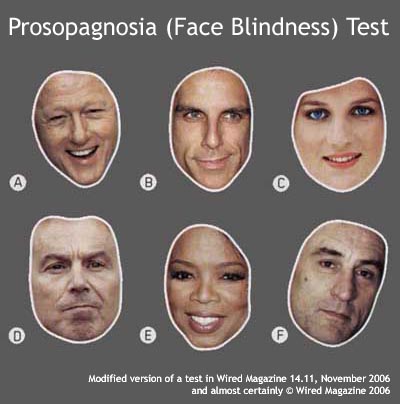I’m going to my friends Jamie & Darby’s wedding tomorrow (actually later today), which will be my first ever “black tie” event, so I had to rent a tuxedo and all the trimmings from Eisenberg & Eisenberg, a rental shop on the same block as my work in Manhattan.
This also means that I will have to wear a bow tie. Now, I have it on reliable authority that everyone in America uses “pre-tied” bow ties, where the bow is basically stitched onto the end of the tie and you just fasten it around your collar with a clip like a necklace. Indeed, this is what rented tuxedos are usually supplied with.
However, my father programmed me from an early age to believe that clip-on bow ties are unacceptable, so I asked the guys in the rental store for a “self-tie” bow tie instead — which caused them to raise their eyebrows a little, especially when I said that I would also have to teach myself how to tie it. In the end they were good enough to give me both kinds, just in case.
But I followed a link from a Wikipedia article about bow ties to some instructions on how to tie a bow tie earlier this evening, and basically nailed it on the third or fourth attempt — it wasn’t actually that hard at all.
And as Oscar Wilde allegedly once said:
“Learning how to tie a bow tie really well is the first important step in life.”

